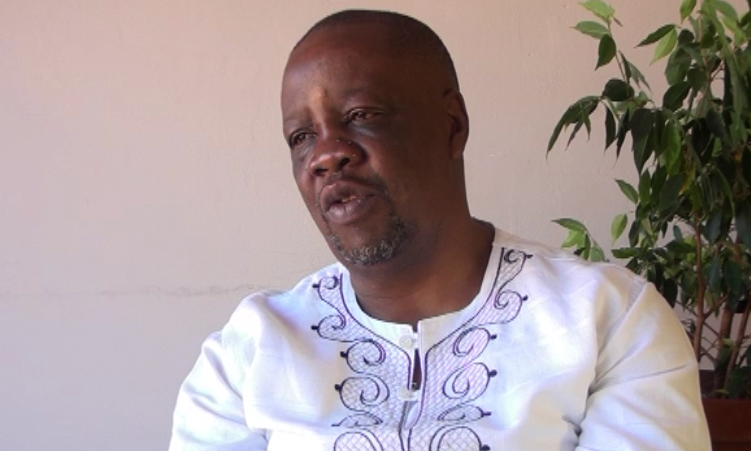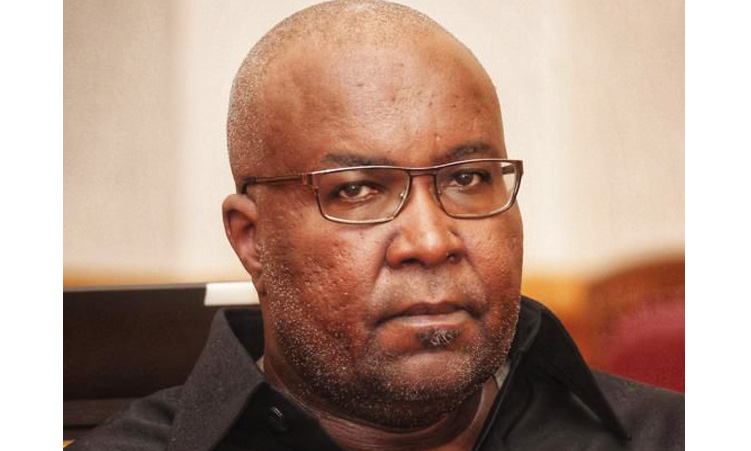About 800 people have died from malnutrition in the Omaheke region since 2022.
The region also recorded 30 219 malnutrition cases in the same two-year period.
Omaheke governor Pijoo Nganate yesterday announced the figures during his state of the region address.
He said during the 2022/2023 financial year, 14 774 new malnutrition cases were recorded through Nutritional Assessment Counselling and Support.

He further noted that there were 554 malnutrition deaths in the 2022/2023 financial year and 318 deaths the following year.
Last month, health and social services minister Kalumbi Shangula said about 1 101 Namibians died of malnutrition in the past four years.
The number of deaths is lower in regions that do not engage in crop production.
During the same month, the Office of the Prime Minister announced that 1,4 million people in the country would be facing food insecurity due to drought by July, while the country has reported almost 2 000 cases of malnutrition this year.
As part of mitigation efforts, Nganate said his office was approached by the South African-based charitable organisation, HeadStart Kids Trust, to set up a production plant in Omaheke to investigate the drought-stricken and malnutrition affected region’s needs.
“This is in order for us to craft sustainable mechanisms that deal with these issues holistically. We cannot act as though drought or malnutrition are phenomena that may never be dealt with. We, therefore need to look for long-term solutions that bring forth the relief our farmers and citizens so deserve,” he said.

The governor added that under the Dryland Crop Production Programme and the Comprehensive Conservation Agriculture Programme in the Omaheke region, the total area of crop production dropped from 500 hectares last year, to less than 300 hectares this year.
“Nearly 95% crop failures were recorded in the Omaheke region and farmers fallowed their land or turned the field into livestock feed,” he said.
The Nutrition and Food Security Alliance of Namibia (Nafsan) has noted that Omaheke is one of the regions hardest hit by malnutrition, with increasing cases of hospital admissions and deaths.
Nasfan noted this in a recent report on piloting an integrated post-discharge strategy in the region.
“Contributing factors to malnutrition in Omaheke include lack of access to food, coupled with poor knowledge of proper complementary feeding and caring practices, poverty, high unemployment, alcohol abuse and insufficient provision of psychosocial support services,” noted the report.
Nafsan director Ben Schernick said currently less than 25% of Namibians are actually food secure.
“Severity is still there and will prevail as long as inequalities in Namibian society are not adequately and efficiently addressed, for example through a universal and unconditional basic income grant of N$500 every month, for every Namibian from 0-59 years,” he said.
Schernick believes in a multi-sectoral approach to address the issue of re-admission of malnutrition cases and deaths, by better linking hospital services with support systems in communities, strengthening already existing community initiatives and referral systems.
“However, it requires us to stop working in silos and embrace true bottom-up approaches to development,” he added.
National Unity Democratic Organisation (Nudo) secretary general Joseph Kauandenge says Nganate’s state of the region address is a mere political gimmick.
“The governor seems to be lost and clearly is out of depth in offering real solutions to those affected in his region. It is a shame really [that] the government should stick its head in the sand like an ostrich, for its failures to address a problem that is becoming a big problem now in that region.”
Kauandenge says the country cannot have children dying of malnutrition given the number of resources it has.
“The government must do the most honourable thing and [deal with] their drought relief programmes and any other programmes that they are running in that region, so that they adjust it in order to respond to this shameful situation once and for all.”

Social justice activist Nafimane Hamukoshi says the situation in the Omaheke region is indeed concerning, as evidenced by the rising malnutrition rates over the past two fiscal years.
“The increase from a 3,74% malnutrition rate in 2022/2023 to 4,9% in 2023/2024, highlights a troubling trend that cannot be overlooked,” she says.
“While it is encouraging to see an improvement in treatment outcomes from only 2,7% success to 36%, this still indicates that a significant number of individuals remain untreated or inadequately supported,” she adds.
Hamukoshi says the government’s response has not been sufficient to address the root causes of malnutrition, which she says often stem from poverty and lack of access to resources.
“A universal basic income grant could provide families with the financial stability needed to secure nutritious food, thereby reducing malnutrition rates significantly.”
Hamukoshi says it is crucial for the government to adopt a more holistic approach that combines immediate nutritional interventions with long-term economic support systems.
“Enhancing community-based nutritional programmes and increasing funding for health services would further support vulnerable populations,” she adds.
Stay informed with The Namibian – your source for credible journalism. Get in-depth reporting and opinions for
only N$85 a month. Invest in journalism, invest in democracy –
Subscribe Now!










